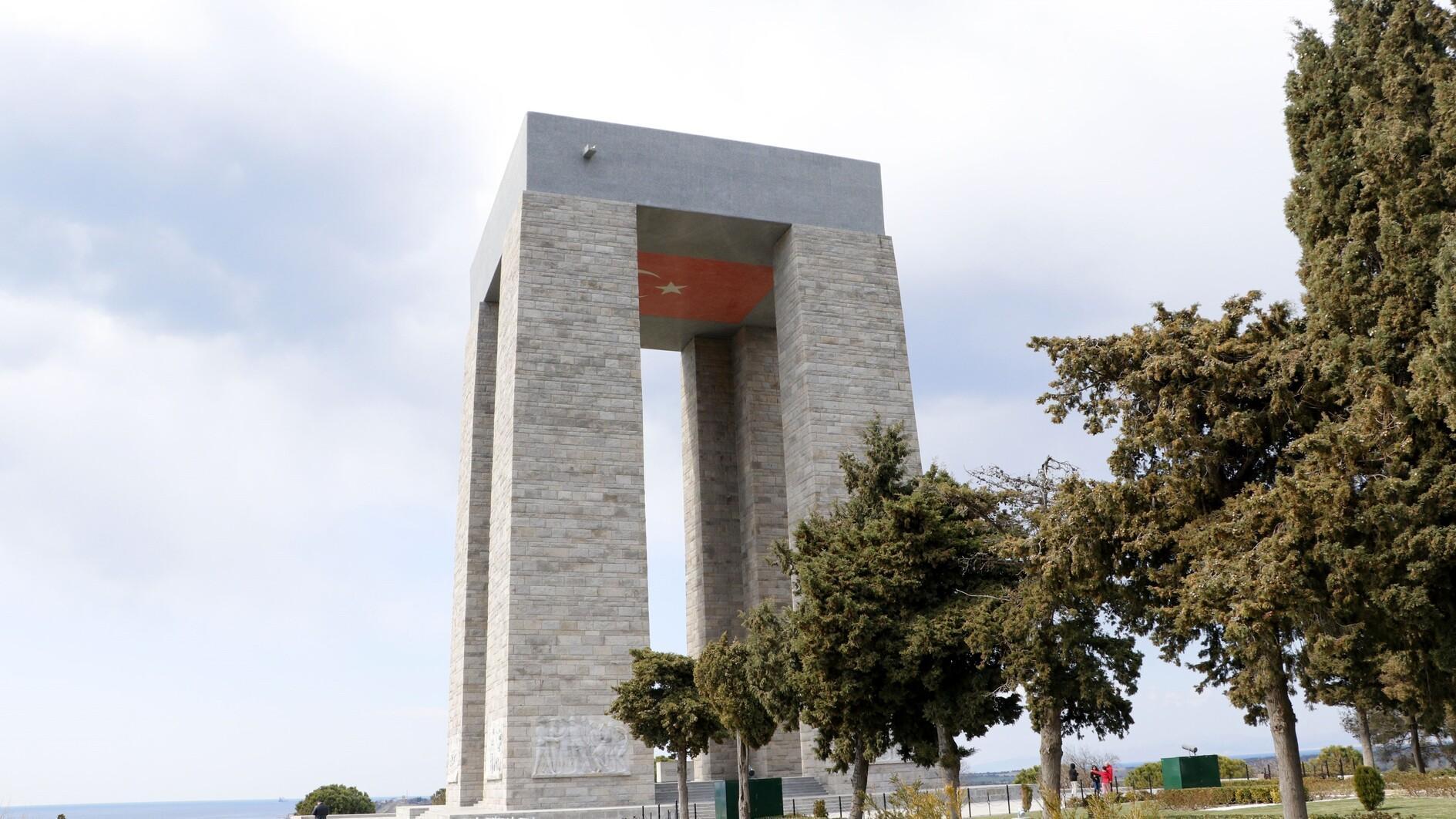
The forest fire in the northwestern province of Çanakkale has caused the explosion of cannonballs from the Gallipoli Campaign of World War I, which took place between 1915 and 1916.
“Cannonballs that remained unexploded during the war have recently exploded and there are still more to come. For another 100 years, we can expect to find more cannonballs and bullets emerging from our battlefield," said İsmail Kaşdemir, the head of the Çanakkale Battles Gallipoli Historical Site.
Kaşdemir pointed out that despite the fact that 109 years have passed since the war, the battlefield is “the world's best-preserved" one and added that it may even be transformed into an open-air museum.
Noting that wildfires pose a potential threat to the preservation of the area, Kaşdemir said they are working meticulously after the forest fire to prevent damage to the historic traces in the area.
“We have established an advisory group made up of scientists and foresters regarding the fire. It is necessary for us to clear up the numerous charred trees,” he said. “We are limited in our movement and unable to bring in heavy machinery due to the presence of tunnels, pits and historical remnants beneath. We are working meticulously with a designated strategy.”
He pointed out that the fire risk is likely to persist for another month in the province and emphasized that they are considering either replacing non-fire-resistant pine trees with fire-resistant species or “do nothing and let them remain in their natural state as they did during the war” as a preventive measure.
One of the most critical battlefields of World War I, the Gallipoli Campaign saw the Ottoman Empire achieve a historic victory, though it came at the cost of tens of thousands of soldiers' lives.
Çanakkale Victory is considered an important step for the Turkish people to battle for their independence between 1919 and 1922 and form a republic from the ashes of the old empire, which European countries described as the “Sick Man of Europe.”